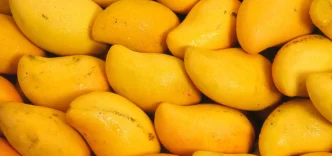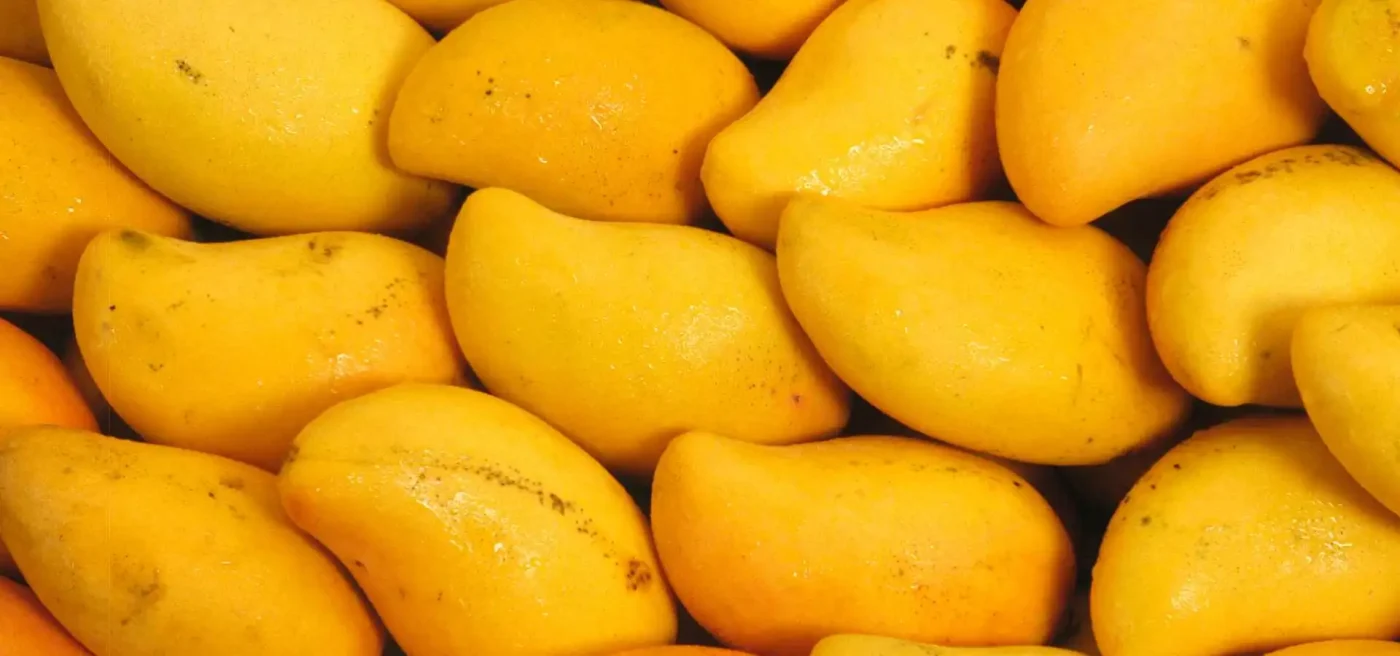In a significant step for Laos’s agricultural sector, ninety tonnes of fresh mangoes have been dispatched to Chinese markets, marking the country’s inaugural export of the fruit to its northern neighbor. The ceremonial send-off on May 30 in Vientiane, led by the Minister of Agriculture and Forestry, Dr Linkham Douangsavanh, symbolizes a new chapter in Laos-China trade relations and highlights the growing potential of Laos as a key player in regional agricultural markets.
A Historic Export and Its Implications
The shipment, equivalent to three truckloads, is the first of what is expected to be a growing trade, with Chinese demand for Lao mangoes projected to reach 1,500 tonnes in the coming years. The event, attended by senior officials from both nations, including economic and commercial counsellors from the Chinese Embassy in Laos, underscores the strengthening agricultural cooperation between the two countries. This milestone follows a 2023 agreement that permitted the export of fresh Lao mangoes to China, opening doors to expanded trade and investment opportunities.
For Laos, a landlocked nation with a historically agrarian economy, this export represents more than just fruit crossing borders. It signals a strategic push to diversify its economic base, reduce reliance on imports, and conserve foreign currency through value-added agricultural exports. The Director General of the Department of Agriculture, Mr Bounchan Kombounyasith, emphasized this vision during the ceremony, stating, “We are prioritising the promotion of high-potential agricultural products that meet international market demands.”
The emphasis on meeting stringent plant health and hygiene standards, as highlighted by Mr Bounchan, reflects Laos’s commitment to aligning with global trade requirements. This is particularly critical for accessing a market like China, known for its rigorous import protocols. To date, Laos and China have agreed on 35 plant health and quarantine protocols, laying the groundwork for sustained agricultural trade.
Growth in Mango Cultivation and Regional Impact
The scale of mango cultivation in Laos has seen remarkable growth, with 2,248 hectares dedicated to the fruit in 2023, according to Mr Zhang Ziyong, a representative of Henan Changjiu Agricultural Technology Co Ltd. Speaking at the event, he noted, “This partnership not only benefits local farmers but also enhances regional trade integration.” The expansion of mango farming is part of a broader upward trend in Laos’s agricultural production, which reached 11.09 million tonnes in 2024, a 14 percent increase from the previous year. Key crops driving this growth include hard maize, sugarcane, cassava, bananas, watermelons, and coffee.
Commercial crop cultivation has also shown impressive results, achieving 9.71 million tonnes in 2024, nearly meeting the ambitious target of 9.75 million tonnes set by the government. This progress, reported at the first Lao Agri Expo last year, demonstrates the sector’s potential to drive economic development, particularly in rural areas where farming remains a primary livelihood. The value of agriculture and forestry exports further underscores this momentum, surpassing the target of US$1,200 million by 1 percent to reach US$1,214 million in the first nine months of 2024.
For local farmers, the export of mangoes to China offers a direct economic boost, providing access to a vast market and incentivizing the adoption of modern farming techniques to meet international standards. The partnership with Chinese firms, such as Henan Changjiu Agricultural Technology Co Ltd, also facilitates knowledge transfer and investment in infrastructure, which could further enhance productivity and quality.
Laos’s Agricultural Ambitions in a Regional Context
The mango shipment is emblematic of Laos’s broader ambition to position itself as a significant contributor to regional agritrade. Nestled between agricultural powerhouses like Thailand and Vietnam, Laos has often been overshadowed by its neighbors in terms of export volume and market reach. However, its natural resources, fertile land, and strategic location along China’s Belt and Road Initiative corridors offer unique advantages. The country’s leadership has increasingly focused on leveraging these strengths to transform Laos into a hub for high-value agricultural products.
The Laos-China trade relationship, bolstered by agreements like the 2023 mango export deal, aligns with Beijing’s growing interest in securing food supply chains from Southeast Asia. For China, importing fresh produce from Laos not only diversifies its sources but also strengthens diplomatic and economic ties with a key partner in the region. The projected demand of 1,500 tonnes of mangoes, if realized, could pave the way for other Lao crops to enter the Chinese market, further deepening this partnership.
Yet, challenges remain. Scaling up production to meet export targets requires investment in irrigation, pest control, and post-harvest processing facilities—areas where Laos still lags behind more developed agricultural economies. Additionally, ensuring consistent quality and compliance with China’s strict import standards will be critical to sustaining this trade. If not addressed, these hurdles could limit the long-term benefits of such exports for Lao farmers and the national economy.
Economic and Social Ripple Effects
Beyond the immediate economic gains, the mango export initiative carries broader implications for rural development in Laos. Agriculture employs a significant portion of the population, particularly in remote and underserved regions. By connecting smallholder farmers to international markets, the government aims to improve livelihoods, reduce poverty, and narrow the urban-rural income gap. The revenue generated from exports, if reinvested into rural infrastructure and education, could create a virtuous cycle of development.
However, there are potential risks to consider. Over-reliance on a single market like China could expose Laos to economic vulnerabilities, especially if trade policies shift or demand fluctuates. Diversifying export destinations and crop types will be essential to mitigate such risks. Furthermore, the environmental impact of intensive farming practices, such as increased pesticide use or land clearing for mango plantations, warrants careful monitoring to ensure sustainable growth.
Public sentiment, as reflected in local discussions and regional forums, appears largely positive about this development. Many Lao farmers and business owners see the export as a rare opportunity to gain visibility in a competitive global market. At the same time, some express cautious optimism, hoping that the benefits will trickle down to small-scale producers rather than being concentrated among larger agribusinesses or foreign investors.
Looking Ahead: A Fruitful Future?
As the trucks carrying Laos’s first mango shipment rolled toward China, they carried not just fruit but the aspirations of a nation eager to carve out a stronger economic identity. The success of this initial export could set a precedent for other agricultural products, potentially transforming Laos into a vital link in Asia’s food supply chain. Yet, the path forward will require balancing ambition with pragmatism—ensuring that growth benefits local communities while safeguarding environmental and economic stability.
For now, the ribbon-cutting ceremony in Vientiane stands as a symbol of possibility. As Laos continues to nurture its agricultural sector, the question remains: can this small Southeast Asian nation turn its fertile fields into a sustained engine of prosperity? Only time, and the fruits of its labor, will tell.















